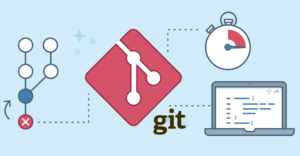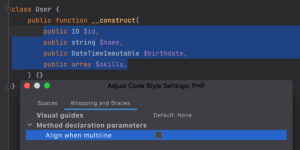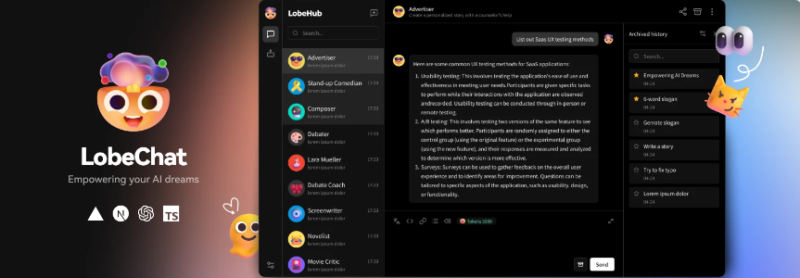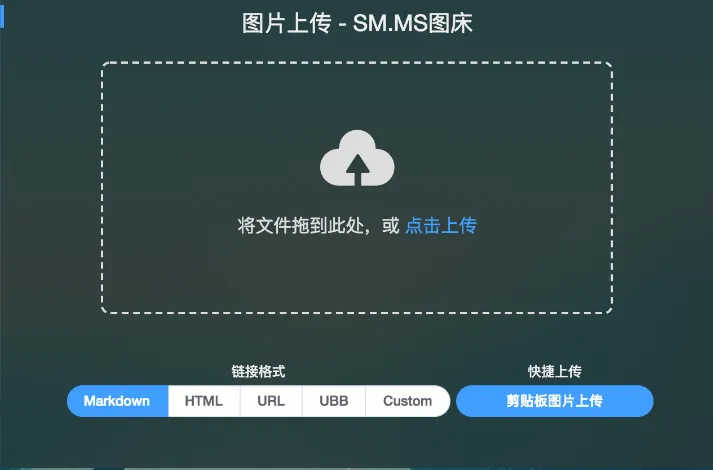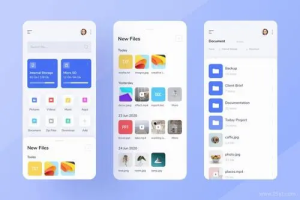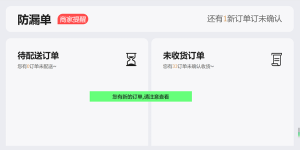随着互联网应用的不断发展和用户量的增加,数据库成为了应用性能的瓶颈之一。读写分离是一种常见的数据库优化方案,通过将读操作和写操作分别路由到不同的数据库节点上,从而提高数据库的访问性能和吞吐量。在Spring Boot应用中,结合MyBatis Plus框架,我们可以很方便地实现读写分离,提升应用性能。本文将介绍如何在Spring Boot项目中配置并使用MyBatis Plus实现读写分离。
![图片[1]-实现Spring Boot与MyBatis Plus的读写分离:优化数据库访问性能-连界优站](http://www.6x66.cn/wp-content/uploads/2023/08/image-23.png)
1. 引入MyBatis Plus依赖
首先,在Spring Boot项目的pom.xml文件中添加MyBatis Plus的依赖:
<!-- MyBatis Plus -->
<dependency>
<groupId>com.baomidou</groupId>
<artifactId>mybatis-plus-boot-starter</artifactId>
<version>最新版本</version>
</dependency>请确保将最新版本替换为MyBatis Plus的最新版本号。
2. 配置数据源
在application.properties或application.yml配置文件中配置主数据库和从数据库的数据源信息。主数据库用于写操作,从数据库用于读操作。
spring:
datasource:
master:
url: jdbc:mysql://主数据库地址:3306/数据库名
username: 主数据库用户名
password: 主数据库密码
driver-class-name: com.mysql.jdbc.Driver
slave:
url: jdbc:mysql://从数据库地址:3306/数据库名
username: 从数据库用户名
password: 从数据库密码
driver-class-name: com.mysql.jdbc.Driver3. 配置读写分离数据源
在Spring Boot的配置类中配置读写分离数据源。首先,定义RoutingDataSource类,继承自AbstractRoutingDataSource,用于根据不同的数据源标识选择对应的数据源。
import org.springframework.jdbc.datasource.lookup.AbstractRoutingDataSource;
public class RoutingDataSource extends AbstractRoutingDataSource {
@Override
protected Object determineCurrentLookupKey() {
return DataSourceContextHolder.getDataSourceKey();
}
}4. 创建数据源上下文
创建一个数据源上下文类DataSourceContextHolder,用于保存当前线程的数据源标识。
public class DataSourceContextHolder {
private static final ThreadLocal<String> contextHolder = new ThreadLocal<>();
public static void setDataSourceKey(String dataSourceKey) {
contextHolder.set(dataSourceKey);
}
public static String getDataSourceKey() {
return contextHolder.get();
}
public static void clearDataSourceKey() {
contextHolder.remove();
}
}5. 创建切面配置
创建一个切面配置类,用于根据读写操作的类型切换数据源。在切面中,通过@Before注解在目标方法执行前设置数据源标识,实现读写分离的切换。
import org.aspectj.lang.annotation.Aspect;
import org.aspectj.lang.annotation.Before;
import org.springframework.core.annotation.Order;
import org.springframework.stereotype.Component;
@Aspect
@Order(-1) // 保证该切面在@Transactional之前执行
@Component
public class DataSourceAspect {
@Before("@annotation(com.baomidou.mybatisplus.annotation.TableName)")
public void setReadDataSource() {
DataSourceContextHolder.setDataSourceKey("slave");
}
@Before("execution(* com.example.demo.dao.*.*(..))")
public void setWriteDataSource() {
DataSourceContextHolder.setDataSourceKey("master");
}
}在上面的示例中,我们通过@Before注解来定义两个切面方法,分别切换到slave数据源和master数据源。其中,@annotation(com.baomidou.mybatisplus.annotation.TableName)注解用于匹配所有标记了MyBatis Plus的@TableName注解的方法,将其路由到从数据库(读操作)。execution(* com.example.demo.dao.*.*(..))表达式用于匹配所有在DAO层的方法,将其路由到主数据库(写操作)。
6. 配置MyBatis Plus
在Spring Boot的配置类中配置MyBatis Plus的分页插件和数据源信息。
import com.baomidou.mybatisplus.extension.plugins.PaginationInterceptor;
import org.mybatis.spring.annotation.MapperScan;
import org.springframework.context.annotation.Bean;
import org.springframework.context.annotation.Configuration;
@Configuration
@MapperScan("com.example.demo.dao")
public class MyBatisPlusConfig {
@Bean
public PaginationInterceptor paginationInterceptor() {
return new PaginationInterceptor();
}
@Bean
public RoutingDataSource routingDataSource() {
RoutingDataSource dataSource = new RoutingDataSource();
Map<Object, Object> targetDataSources = new HashMap<>();
targetDataSources.put("master", masterDataSource());
targetDataSources.put("slave", slaveDataSource());
dataSource.setTargetDataSources(targetDataSources);
dataSource.setDefaultTargetDataSource(masterDataSource());
return dataSource;
}
@Bean
@ConfigurationProperties(prefix = "spring.datasource.master")
public DataSource masterDataSource() {
return DataSourceBuilder.create().build();
}
@Bean
@ConfigurationProperties(prefix = "spring.datasource.slave")
public DataSource slaveDataSource() {
return DataSourceBuilder.create().build();
}
}在上述配置中,我们创建了MyBatisPlusConfig配置类,用于配置MyBatis Plus的分页插件和读写分离数据源。@MapperScan注解用于指定DAO接口的扫描路径。
7. 测试读写分离
现在,我们已经完成了Spring Boot与MyBatis Plus的读写分离配置。在具体的DAO接口中,使用@TableName注解标记实体对应的表名。
import com.baomidou.mybatisplus.annotation.TableName;
@TableName("user")
public class User {
// 省略实体类属性和方法
}在Service层中,使用对应的DAO接口进行数据库操作。
@Service
public class UserServiceImpl implements UserService {
@Autowired
private UserMapper userMapper;
@Override
public User getById(Long id) {
return userMapper.selectById(id);
}
@Override
@Transactional(rollbackFor = Exception.class)
public boolean saveUser(User user) {
return userMapper.insert(user) > 0;
}
// 省略其他方法
}通过以上配置,当Service层调用数据库操作方法时,根据方法的注解或位置选择合适的数据源,实现了读写分离。
总结
读写分离是优化数据库访问性能的重要手段之一。通过结合Spring Boot和MyBatis Plus框架,我们可以方便地实现读写分离,将读操作和写操作分别路由到不同的数据库节点上,提高数据库的访问性能和吞吐量。在实际应用中,还需注意数据库的数据同步问题,避免读操作读到旧数据,保证系统的数据一致性。合理利用读写分离策略,可以为应用的性能提升和稳定性提供有力支持。




